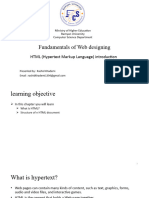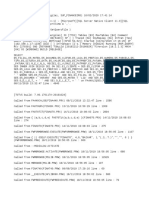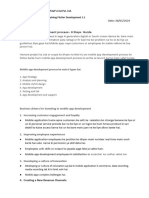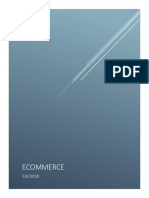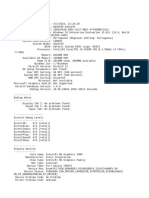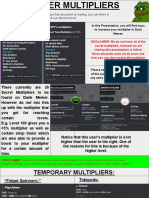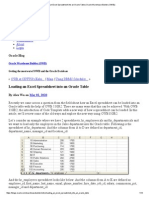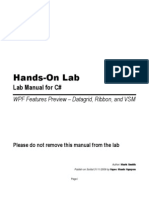0% found this document useful (0 votes)
7 views8 pagesIntroduction To HTML
HTML, or Hypertext Markup Language, is the standard language for creating and structuring web pages, consisting of a <head> section for metadata and a <body> section for visible content. It uses various elements and attributes to define the structure, content, and formatting of web pages, which are interpreted by web browsers. To further enhance web development skills, it is recommended to explore advanced HTML elements and learn CSS and JavaScript.
Uploaded by
Chris ElikemCopyright
© © All Rights Reserved
We take content rights seriously. If you suspect this is your content, claim it here.
Available Formats
Download as PPTX, PDF, TXT or read online on Scribd
0% found this document useful (0 votes)
7 views8 pagesIntroduction To HTML
HTML, or Hypertext Markup Language, is the standard language for creating and structuring web pages, consisting of a <head> section for metadata and a <body> section for visible content. It uses various elements and attributes to define the structure, content, and formatting of web pages, which are interpreted by web browsers. To further enhance web development skills, it is recommended to explore advanced HTML elements and learn CSS and JavaScript.
Uploaded by
Chris ElikemCopyright
© © All Rights Reserved
We take content rights seriously. If you suspect this is your content, claim it here.
Available Formats
Download as PPTX, PDF, TXT or read online on Scribd
/ 8






































